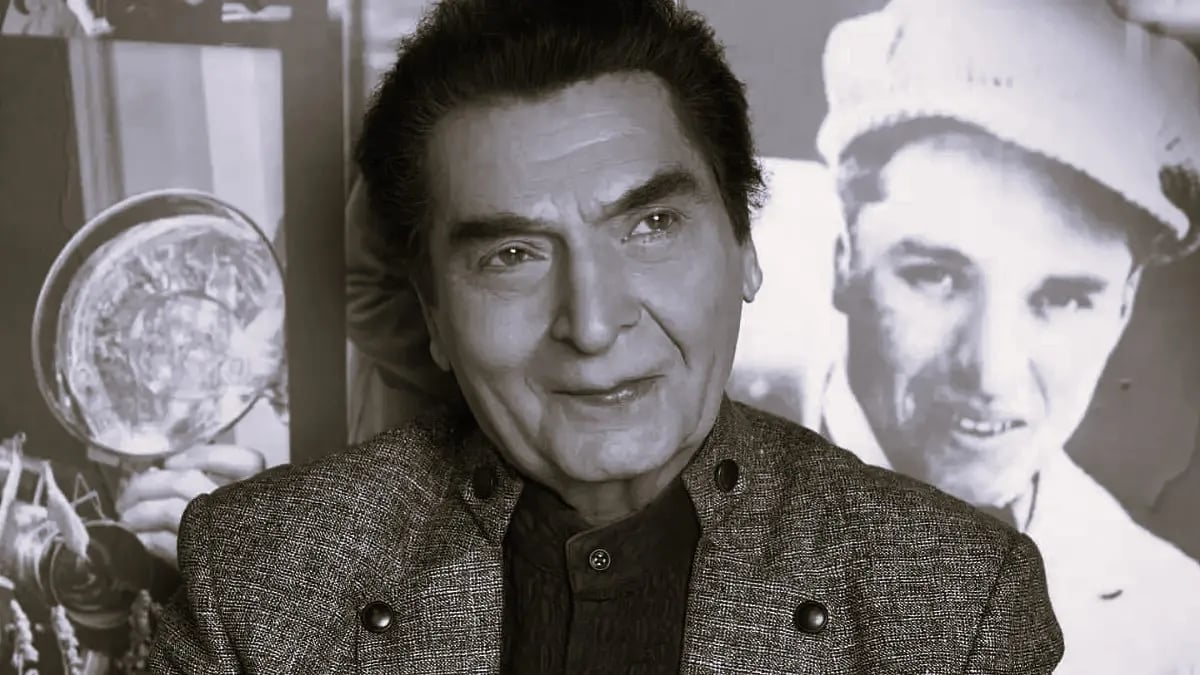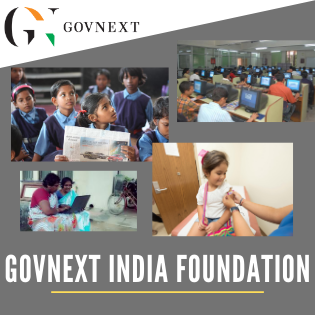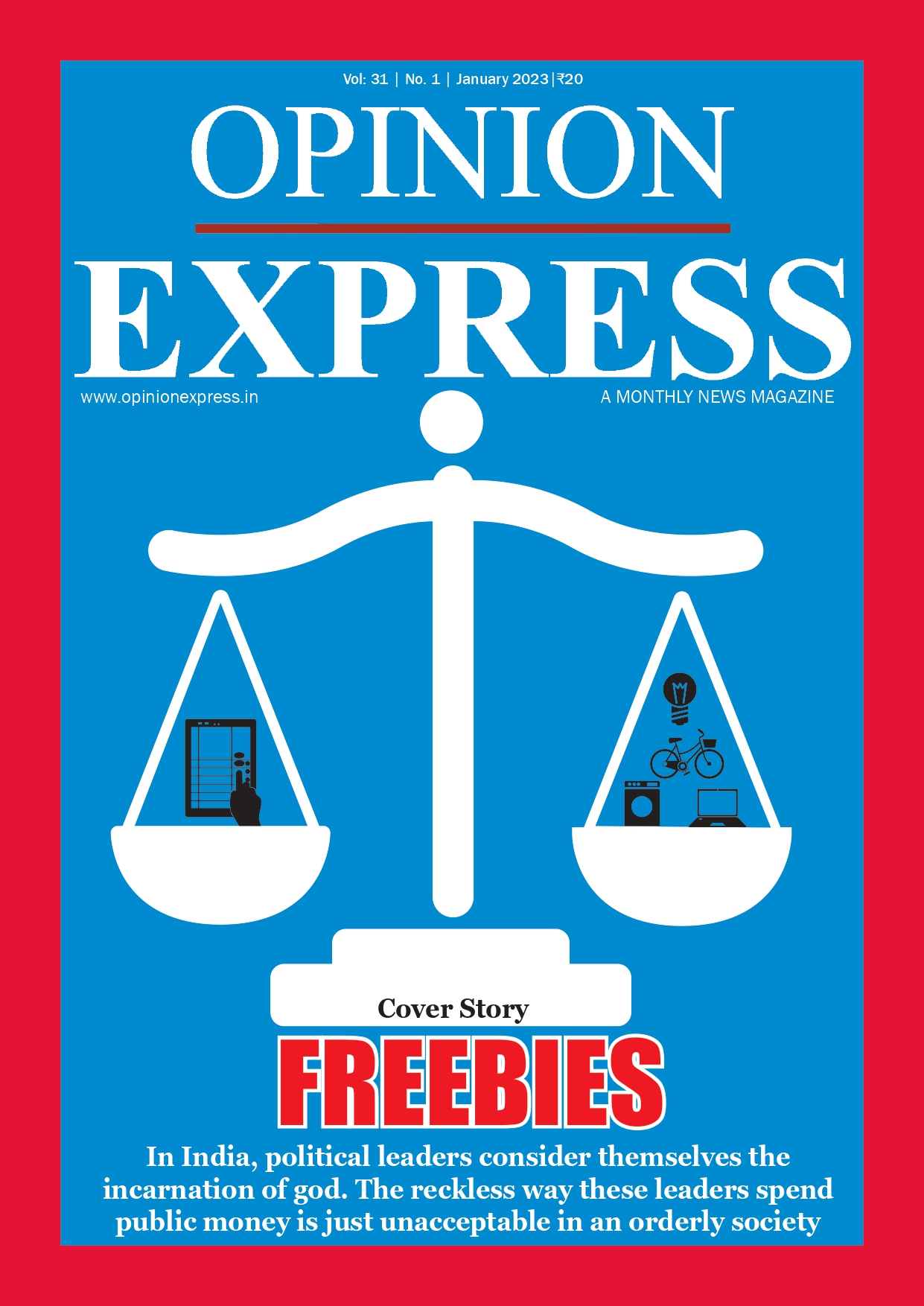Imagine waking up one day and struggling to see the world around you—blurry faces, unreadable text, and an inability to work or even move freely. Now, imagine knowing that a simple check-up, a pair of glasses, or a quick surgery could change your life forever. Yet, millions around the world don’t get that chance.
This is where Netra Kumbh 2025 steps in—not just as an eye-care camp, but as a movement, a revolution in vision restoration that blends medical excellence with the spirit of selfless service. While the world debates healthcare accessibility, India has once again shown how to take action at scale. Netra Kumbh 2025 is officially recognized by the India Book of Records and Asia Book of Records as the world’s largest temporary eye care initiative, providing over 2.37 lakh free eye screenings, 1.63 lakh free spectacles, and 17,069 surgeries—all in just 53 days!
But here’s the bigger story. This isn’t just about numbers. It’s about hope. It’s about dignity. It’s about a farmer in Bihar seeing his crops clearly for the first time, a child in Madhya Pradesh reading her schoolbook with ease, or an elderly woman in Tamil Nadu regaining her independence after cataract surgery.
The Global Vision Crisis: How Does India Compare?
We often think of blindness as an unavoidable fate, but 90% of the world’s vision impairment is actually preventable. With 2.2 billion people worldwide suffering from vision loss, according to the World Health Organization (WHO), nearly 1 billion of them could have been saved with timely intervention. Low- and middle-income countries (LMICs), including India, Bangladesh, Nepal, and Pakistan, bear the highest burden due to lack of awareness, healthcare access, and affordability.
When comparing India to other global healthcare systems, the disparities are stark. In China, there is one ophthalmologist per 6,000 people, while India struggles with a ratio of one per 90,000 in rural areas. While China is leveraging AI diagnostics to tackle the problem, India is making community-driven initiatives like Netra Kumbh the driving force of change. Bangladesh faces an even greater challenge with only 1,200 ophthalmologists for 165 million people—a staggering 1:137,500 ratio—whereas Nepal has pioneered low-cost cataract surgeries, but India is setting the gold standard for large-scale vision programs. Sri Lanka, known for its universal school eye screening, has a strong preventive healthcare model, but India, through programs like Rashtriya Bal Swasthya Karyakram (RBSK), is catching up. The scale of Netra Kumbh 2025 alone has surpassed the impact of several national programs in just 53 days.
Netra Kumbh 2025: More Than Just a Camp
We all know how difficult it can be to get a doctor’s appointment in a crowded city, let alone in remote villages. Now, imagine a fully operational, state-of-the-art eye hospital popping up in the middle of a grand religious gathering, serving lakhs of people free of cost. That’s Netra Kumbh. This initiative is a one-of-a-kind blend of technology, medical expertise, and volunteerism.
Netra Kumbh 2025 operated on a massive scale, bringing together over 52 partner organizations and thousands of volunteers to create a fully functional 9-acre medical camp. The initiative was powered by AI-driven diabetic retinopathy screening, modern cataract surgeries, and the distribution of smart vision glasses (Jyoti) to the visually impaired. It successfully addressed multiple Sustainable Development Goals (SDGs), covering 12 out of 17 UN SDGs, including Good Health & Well-Being (SDG 3), Reduced Inequalities (SDG 10), and Partnerships for the Goals (SDG 17). More than just a medical endeavor, it showcased how public-private collaboration can address avoidable blindness at an unprecedented scale, setting a global benchmark in humanitarian healthcare interventions.
Restoring Vision = Economic Upliftment
If you think vision loss is just a health problem, think again. It’s a massive economic issue. Blindness costs the global economy $411 billion annually due to lost work potential. Visual impairment doesn’t just affect individuals—it impacts entire families, leading to reduced income, increased caregiving burdens, and intergenerational poverty.
Netra Kumbh’s economic ripple effect is significant. By restoring vision, it helps lakhs of people regain their livelihoods, children stay in school, and families become self-sufficient. A study by the International Agency for the Prevention of Blindness (IAPB) shows that every $1 invested in vision care returns $4 in economic productivity. By screening 2.37 lakh people, Netra Kumbh has potentially unlocked crores in economic potential—not just for individuals, but for entire communities.
What’s Next? Taking This Model Global
Netra Kumbh 2025 was not just about fixing eyes. It was about reimagining public health interventions. Mass screening initiatives like this prove that large-scale medical outreach is possible even in the most challenging conditions. India’s Aravind Eye Care model has already demonstrated the power of such interventions, but Netra Kumbh scaled it to unprecedented levels. The event also highlighted the importance of public-private partnerships, with NGOs, hospitals, and volunteers coming together to create a community-driven healthcare model that is more effective than top-down approaches.
With a shortage of 100,000 ophthalmologists in India, integrating tele-ophthalmology and AI-assisted diagnostics is the next frontier. By mainstreaming AI-powered eye screening and leveraging telemedicine, India can bridge the healthcare divide and ensure that eye care reaches even the most remote communities.
Final Thoughts: Why This Matters to You
At its core, Netra Kumbh 2025 is a testament to what is possible when sewa meets science. It’s not just an eye camp; it’s a model for healthcare transformation in developing nations. It proved that large-scale medical intervention is possible even in the most challenging conditions. It showcased India’s ability to lead in global healthcare discussions. Most importantly, it gave lakhs of people a second chance at life.
As we look ahead, this initiative should not just be celebrated, but replicated. If Netra Kumbh can happen in the heart of a religious gathering, why not in every district, every state, every country in need? Because vision is not a privilege—it’s a right. And Netra Kumbh is ensuring that no one is left in the dark.
This article is authored by Ms. Hemangi Sinha, Project Head, World Intellectual Foundation & Mr. Pravin Kumar Singh, Senior Project Associate, World Intellectual Foundation.








 OpinionExpress.In
OpinionExpress.In















Comments (0)